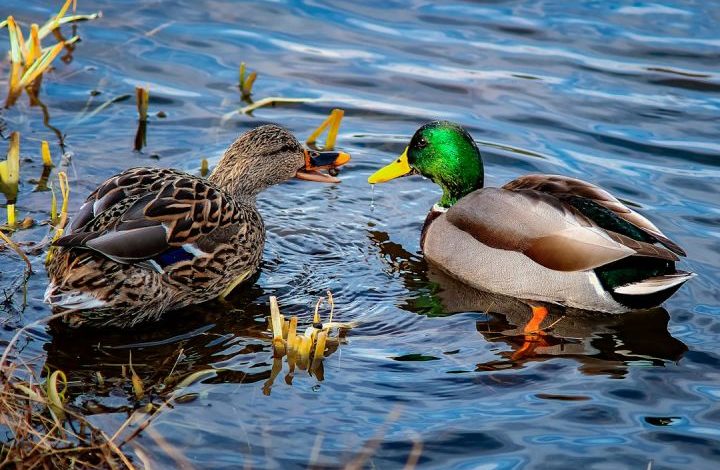What Are the Signs of Seasonal Game Movement?

As the seasons change, so does the movement of various game animals. Understanding the signs of seasonal game movement is crucial for hunters and wildlife enthusiasts alike. By recognizing these signs, you can increase your chances of spotting and tracking game in their natural habitats. In this article, we will explore some of the key indicators that point to the shifting habits of game animals during different seasons.
Changes in Feeding Patterns
One of the most noticeable signs of seasonal game movement is the shift in feeding patterns. Game animals rely on specific food sources that are abundant during certain times of the year. For example, during the spring and summer months, many herbivores feed on fresh grasses, leaves, and other vegetation that grows abundantly. However, as fall approaches, these food sources start to dwindle, forcing game animals to seek alternative options. This change in food availability leads to a shift in their movement patterns as they search for new feeding grounds.
Migration and Dispersal
Migration and dispersal are common signs of seasonal game movement, particularly among birds and large mammals. Many species undertake long-distance migrations to find suitable habitats for breeding or to escape harsh weather conditions. For instance, waterfowl like ducks and geese often migrate southward during the colder months in search of open water and milder climates. Similarly, ungulates such as caribou and elk may migrate to higher elevations during the summer to take advantage of cooler temperatures and abundant forage.
Changes in Bedding Areas
Another significant sign of seasonal game movement is the change in bedding areas. Game animals require sheltered locations to rest and sleep, and these bedding areas can vary depending on the season. During the warmer months, animals may choose to bed down in open areas with good visibility to avoid predators and regulate their body temperature. However, as winter approaches, they may seek shelter in dense vegetation, tree stands, or even caves to protect themselves from cold winds and snow.
Rubbing and Scraping Activity
Deer, moose, and other ungulates exhibit rubbing and scraping behaviors that can indicate seasonal movement. Bucks, for example, engage in rubbing activity by vigorously rubbing their antlers against trees to remove velvet, mark territory, and attract mates. This behavior is most prevalent during the rutting season, which typically occurs in the fall. Scraping, on the other hand, involves deer pawing the ground and creating shallow depressions to mark their presence and communicate with other deer. These signs can help hunters identify potential hunting areas or patterns during specific times of the year.
Vocalizations and Signalling
Game animals often use vocalizations and other forms of signaling to communicate with each other, especially during the breeding season. These calls and signals can be distinct and vary depending on the species. For instance, elk produce bugling calls during the rut, which can be heard over long distances and serve as a way to attract females and establish dominance. Similarly, turkeys use gobbling and yelping sounds to communicate with other turkeys during the spring mating season. By listening for these vocalizations, hunters and wildlife observers can locate game animals and understand their current movement patterns.
In Conclusion
Understanding the signs of seasonal game movement is essential for anyone interested in tracking and observing wildlife. By paying attention to changes in feeding patterns, migration and dispersal, bedding areas, rubbing and scraping activity, as well as vocalizations and signaling, you can gain valuable insights into the movement patterns of game animals throughout the year. Remember, these signs may vary depending on the species and habitat, so it’s essential to familiarize yourself with the specific behaviors and characteristics of the game you are interested in. So next time you venture into the great outdoors, keep an eye out for these signs and enjoy the beauty of seasonal game movement.
